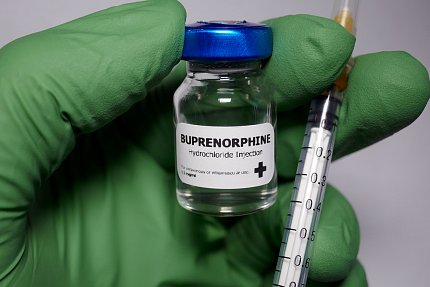Higher-Dose Buprenorphine May Enhance Opioid Use Disorder Treatment Outcomes

Photo: Hailshadow/Getty Images
High-dose buprenorphine therapy, provided under emergency department (ED) care, is safe and well tolerated in people with opioid use disorder experiencing opioid withdrawal symptoms, according to a NIDA study through the Helping to End Addiction Long-term (HEAL) Initiative.
Lower doses of buprenorphine, an FDA-approved medication to treat opioid use disorder, are the current standard of care. However, elevated doses may provide a critical extended period of withdrawal relief to people after being discharged from the ED that may help them navigate barriers to obtaining medications.
The findings appeared in JAMA Network Open.
Some EDs already use higher doses of buprenorphine in response to the increasing potency of the illicit opioid drug supply and commonly encountered delays in access to follow-up care, but this practice had not been evaluated.
In this study, researchers analyzed electronic health records documenting 579 ED visits at the Alameda Health System-Highland Hospital in Oakland, Calif., made by 391 adults with opioid use disorder. Many of the patients were from vulnerable populations, with 23 percent experiencing homelessness and 41 percent having a psychiatric disorder.
In 63 percent of cases, the clinicians administered more than the standard upper limit of 12 mg of sublingual buprenorphine during ED induction, and in 23 percent of cases, patients were given 28 mg or more. The higher doses were safe and tolerable. Among those given higher doses, there were no reports of respiratory problems or drowsiness—possible side effects of the medication. The small number of serious adverse events that occurred were determined to be unrelated to high-dose buprenorphine therapy.
Study leader Dr. Andrew Herring of Highland Hospital said that adjusting the dose in the ED “along with resources and counseling aimed at facilitating the transition to outpatient services, may provide the momentum needed to access continuing care.”
